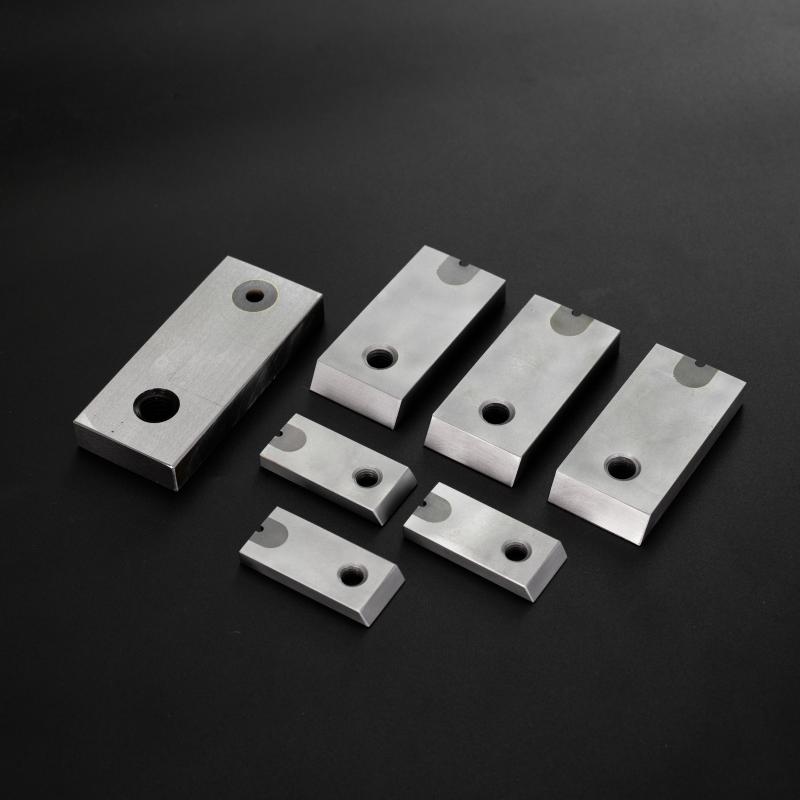Cut Off Blade: A Comprehensive Guide
What is a Cut Off Blade?
A cut off blade is an abrasive cutting tool designed for fast, precise cutting of various materials. These thin, flat discs are typically mounted on angle grinders or chop saws and rotate at high speeds to make clean cuts. Modern Cut Off Blades consist of abrasive grains (usually aluminum oxide or silicon carbide) bonded with resins or other materials, reinforced with fiberglass mesh for safety. High-performance blades can reach rotational speeds up to 15,000 RPM with peripheral speeds exceeding 80 m/s.

Key Characteristics of Cut Off Blades
Diameter: Ranges from 4 inches (100mm) for portable tools to 16 inches (400mm) for industrial applications
Thickness: Typically between 0.040-0.125 inches (1-3mm) for precision cutting
Bond Hardness: Measured on the A-F scale, with grade K-M being most common for general purpose cutting
Abrasive Concentration: Ranges from 15-35% by volume, affecting cutting speed and blade life
Maximum Operating Speed: Clearly marked on the blade, usually between 6,600-15,300 RPM depending on size
Material-Specific Blade Types
Specialized cut off blades are engineered for specific materials:
Metal Cutting Blades: Contain aluminum oxide (Al₂O₃) abrasives with 30-35% concentration for ferrous metals
Masonry Blades: Use silicon carbide (SiC) abrasives with softer H-I bond grades for concrete and stone
Stainless Steel Blades: Feature iron-free formulations to prevent contamination and discoloration
Multi-Purpose Blades: Combine aluminum oxide and silicon carbide in a 25%/15% mix for various materials
Performance Metrics
Cut off blade performance is measured by several key indicators:
Cutting Rate: Ranges from 0.5-2.5 in²/min (3-16 cm²/min) depending on material hardness
Wear Rate: Typically 0.001-0.005 inches (0.025-0.127mm) of diameter loss per cut in mild steel
Cutting Force: Requires 5-20 lbs (22-89 N) of downward pressure for optimal performance
Surface Finish: Achieves 125-250 µin (3.2-6.3 µm) Ra surface roughness on metals
Application Scenarios
Cut off blades serve critical functions across multiple industries:
Construction: Cutting rebar (#3 to #11 sizes), threaded rod, and metal studs at job sites
Metal Fabrication: Trimming weldments to ±0.030 inch (0.76mm) tolerance before final machining
Automotive Repair: Removing exhaust components and cutting through 3/16 inch (4.8mm) suspension bolts
Demolition: Cutting through 1/2 inch (12.7mm) steel pipes and structural elements
Plumbing: Modifying Schedule 40 and 80 pipes with minimal burr formation
Safety Considerations
Proper safety measures are essential when using cut off blades:
Always use blades rated for at least 1.5x the maximum tool RPM
Maintain 90°±5° cutting angle to prevent side loading
Never exceed the 10-15 lb (44-67 N) maximum side force limit
Discard blades when worn to 2/3 original diameter or if damaged
Use appropriate PPE including ANSI Z87.1 rated eye protection
Maintenance and Care Procedures
Proper maintenance extends blade life and ensures optimal performance:
Storage: Keep blades in original packaging at 40-80°F (4-27°C) with 30-50% relative humidity
Mounting: Use proper flanges tightened to 25-35 ft-lb (34-47 Nm) torque
Break-in Procedure: Make 5-10 light cuts at 50% normal pressure to condition abrasive surface
Cleaning: Remove resin buildup with commercial blade cleaners or isopropyl alcohol
Dressing: Use a dressing stick when cutting efficiency drops by >20%
Performance Optimization
Maximize cutting efficiency with these techniques:
Maintain 10-15° approach angle when initiating cuts
For materials over 1/2 inch (12.7mm) thick, make relief cuts every 1/4 inch (6.4mm)
Use cutting wax or coolant for cuts exceeding 30 seconds duration
Rotate workpiece 180° for through cuts on material over blade radius thickness











